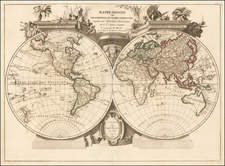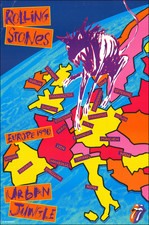Fine pair of maps of the World, illustrating the remarkable work of the noted American illustrator N.C. Wyeth.
In 1928 the National Geographic Society commissioned N. C. Wyeth to paint 5 murals in their buildings in Washington, D. C. Four of the murals appeared as frontispieces in the National Geographical Magazine for March, May, July and November, 1928. The fifth mural appeared in December of 1928. The fourth and fifth murals were the famous hemisphere maps which have become very scarce and much sought after.
The legend of the Eastern Hemisphere map reads: "While simulating the illuminated mariners' charts of the Sixteenth Century, which pictorially dramatized the deeds of dauntless explorers, this map of the Eastern Hemisphere records present-day political boundaries. It also traces the routes of the great discoverers who sailed strange seas and penetrated misty continents to add new areas to the known world."
The legend of the Western Hemisphere map reads: "Painted in quaint Sixteenth Century style, this chart of the Western Hemisphere suggests the imagination that launched intrepid explorers to the ends of the earth, yet records accurately the boundaries of to-day. On it are traced the paths, plowed through virgin seas and blazed across unknown continents, that gave to man a realization of the true magnitude of his world."
Newell Convers Wyeth (1882 to 1945), known as N.C. Wyeth, was an American artist and illustrator.
Wyeth was the pupil of artist Howard Pyle and became one of America's greatest illustrators. Wyeth created over 3,000 paintings and illustrated 112 books, 25 of them for Scribner's, the Scribner Classics, which is the work for which he is best-known. The first of these, Treasure Island, was his masterpiece and the proceeds paid for his studio.
Wyeth was a realist painter just as the camera and photography began to compete with his craft. Sometimes seen as melodramatic, his illustrations were designed to be understood quickly. Wyeth, who was both a painter and an illustrator, understood the difference, and said in 1908, "Painting and illustration cannot be mixed—one cannot merge from one into the other."









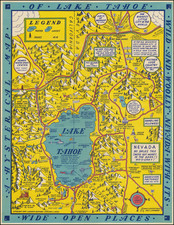
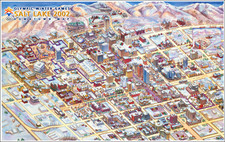
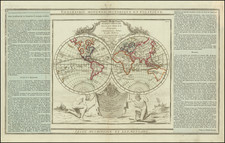
![[Stop The Fake News!] Halte au Menteurs! Les Colo Bacilles Sement La Haine!](https://storage.googleapis.com/raremaps/img/small/59951.jpg)
